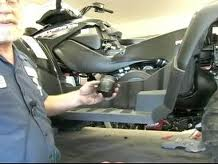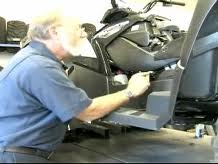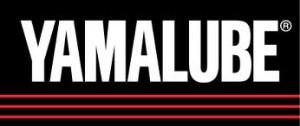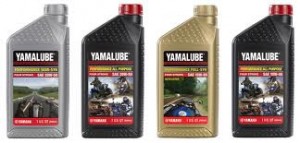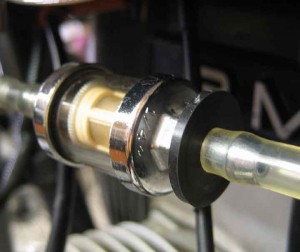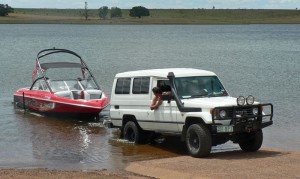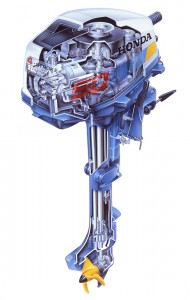How to Change Your ATV Oil: Part Three
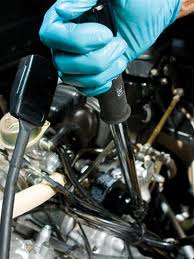 After you’ve found the oil filter and oil cap, it’s time to locate the drain plug. It will be positioned on the underside of the vehicle, so you’ll have to get a little dirty. Once you find the plug, place your oil pan directly underneath it. Open the drain plug and allow all of the used oil to run out.
After you’ve found the oil filter and oil cap, it’s time to locate the drain plug. It will be positioned on the underside of the vehicle, so you’ll have to get a little dirty. Once you find the plug, place your oil pan directly underneath it. Open the drain plug and allow all of the used oil to run out.
Use your wrench to remove the oil filter while you are waiting for the oil to drain. Scrub off any gunk or oil on the mounting surface. Add some lubricant to the gasket of the new filter and screw it into place by hand. Secure the filter with a couple of turns from your wrench, but be careful not to over tighten it. By now the Yamamlube 2S oil should be finished draining, so put the plug back into place and discard the used oil properly.


